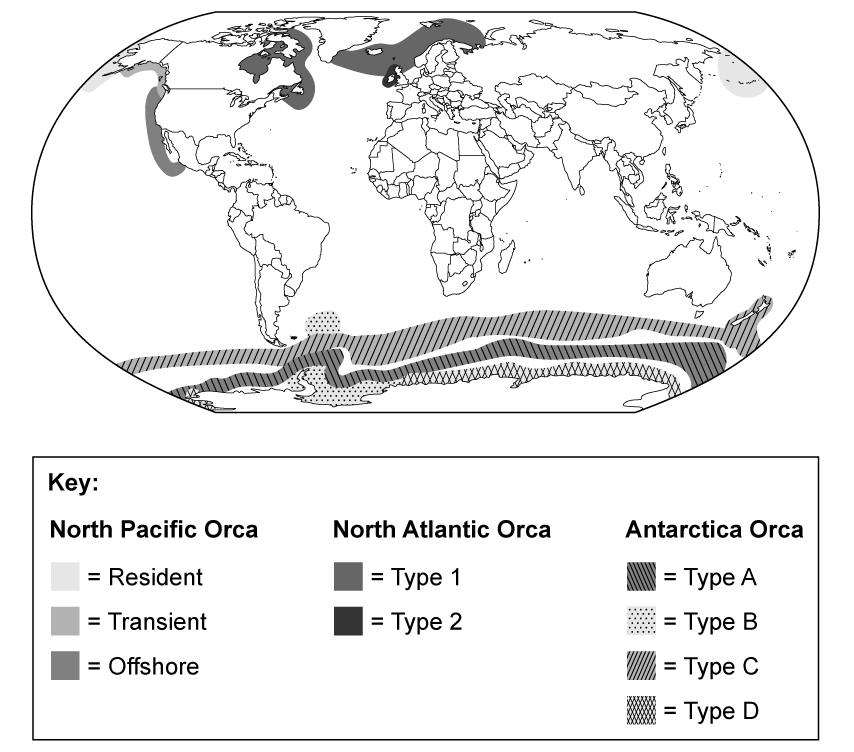Domestic dogs, Canis familiaris, and wolves belong to the family Canidae.
Complete Table 1 below to show the classification of the domestic dog.
Table 1
| Kingdom | Animalia |
| Chordata | |
| Class | |
| Carnivora | |
| Family | Canidae |
| Canis | |
It is still debated as to whether dogs and wolves are entirely different species or subspecies. It has been suggested that some wolves have bred with domestic dogs to produce fertile offspring, which would make them the same species according to the biological species concept.
Name and briefly describe another species concept that biologists may use to help determine if two animals are different species.
The classification seen in Table 1 is described as a hierarchical system.
Explain what is meant by this.
Did this page help you?
 Fig. 2
Fig. 2











